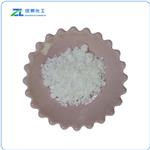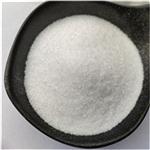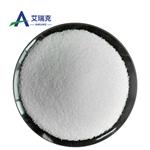Description
Potassium sodium tartrate is a double salt first prepared (in about 1675) by an apothecary, Pierre Seignette, of La Rochelle, France. As a result the salt was known as Seignette's salt or Rochelle salt. Rochelle salt is not to be confused with rock salt, which is simply the mineral form of sodium chloride. Potassium sodium tartrate and mono potassium phosphate were the first materials discovered to exhibit piezo electricity.
It is a colorless to blue - white salt crystallizing in the orthorhombic system. Its molecular formula is KNaC
4H
4O
6·4H
2O. It is slightly soluble in alcohol but more completely soluble in water. It has a specific gravity of about 1.79, a melting point of approximately 75°C, and has a saline, cooling taste. As a food additive, its E number is E337.
It has been used medicinally as a laxative. It has also been used in the process of silvering mirrors. It is an ingredient of Fehling's solution, formerly used in the determination of reducing sugars in solutions.
Chemical Properties
often supplied as a colourless aqueous solution
Uses
Sodium Potassium Tartrate is a buffer and sequestrant that is the salt of i, (+)–tartaric acid. It has a solubility in water of 1 g in 1 ml. It is also termed rochelle salt and potassium sodium tartrate.
Uses
Potassium Sodium Tartrate Solution is a chelator used for research purposes.
Preparation
Potassium sodium tartrate, (KNaC
4H
4O
6) may be prepared by adding 0.5 mole sodium carbonate to heated solution containing 1 mole potassium bitartrate(KHC
4H
5O
6). (1M KHC
4H
4O
6 : 0.5M Na
2CO
3). The solution is filtered while hot. This solution is then dried to precipitate solid potassium sodium tartrate, as small crystallites.
Larger crystals of Rochelle salt have been grown under conditions of reduced gravity and convection on board Skylab .
Definition
ChEBI: The organic sodium and potassium salt of L-tartaric acid (mol ratio 1:1:1).
Flammability and Explosibility
Not classified
Purification Methods
Recrystallise it from distilled water (1.5mL/g) by cooling to 0o. [Beilstein 3 IV 1223.]



